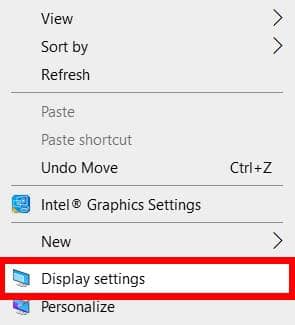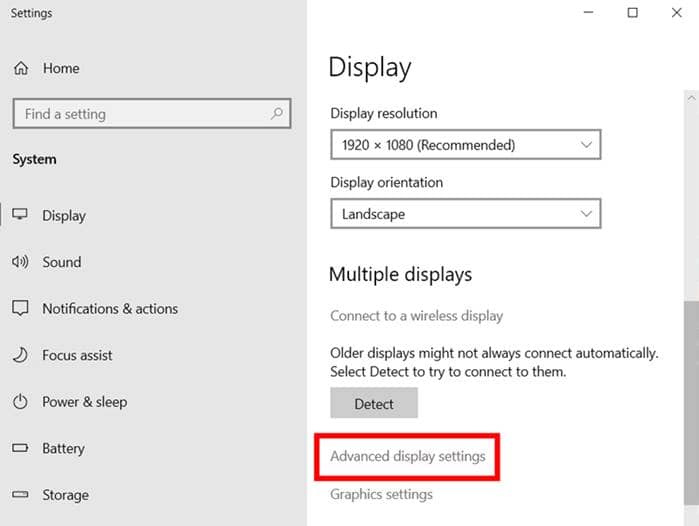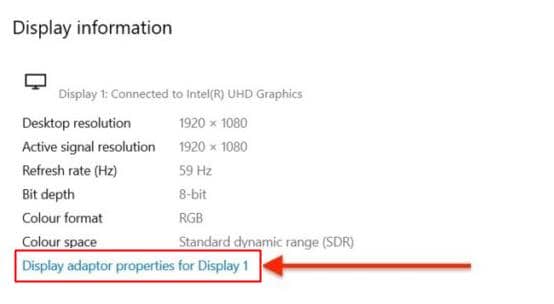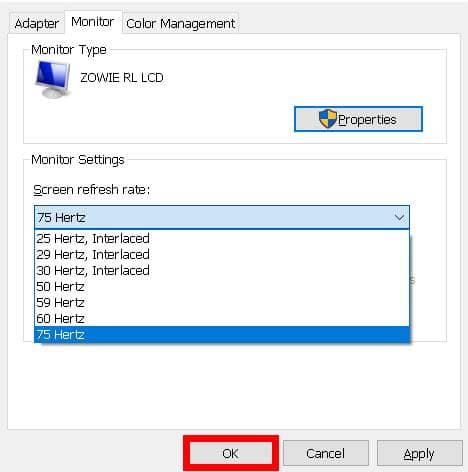Sometimes our computer screen (Monitor) starts flickering it means there is a problem in the display refresh rate, or maybe it is a hardware fault. Most of the monitors automatically adjust to a specific refresh rate where it works fine. But sometimes you need it manually. So using the below steps, you can manage your monitor refresh rates. Also Read- How to Check Windows 10 Version and Build Number
Learn How You Can Adjust Screen Refresh Rate in Windows 10
Before jumping into the settings, it’s recommended you know the basics of screen refresh rate. It’s a display setting defining the number of times the display refreshes per second. Thus, an example of a 60Hz refresh rate means the screen refreshing the display 60 times per second. This quick blinking of bringing new frames makes the picture flow smoother, thus good. While gaming PCs are recommended at a maximum (144Hz or 120Hz), general users can set it the basic level to save their battery life. Since not every task done on PC demands fluid refresh rates, it’s recommended to set them down whenever required. So, here’s how to adjust;
From Editor’s Desk
Adjusting the screen refresh rate is not a hard thing to do. Once you read how you can manually set the refresh rate in windows 10 further, you can do it without seeing anywhere. After doing the above steps, you will notice that your display is working smoothly. If you are a gamer, you can adjust it by your need. Also Read- How to Set Live Wallpapers on Windows 10 Desktop




